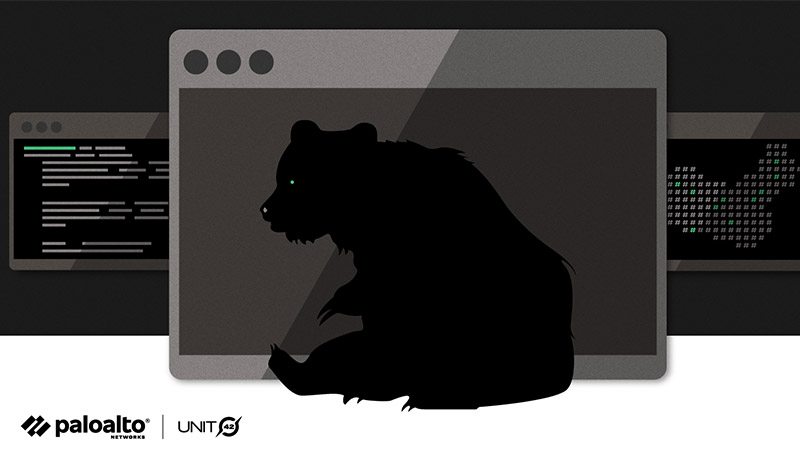
Highly malleable, highly sophisticated and over 10,000 bytes of machine code. This is what Unit 42 researchers were met with during code analysis of this “bear” of a file. The code behavior and features strongly correlate with that of the WaterBear malware family, which has been active since as early as 2009. Analysis by Trend Micro and TeamT5 unveiled WaterBear as a multifaceted, stage-two implant, capable of file transfer, shell access, screen capture and much more. The malware is associated with the cyber espionage group BlackTech, which many in the broader threat research community have assessed to have ties to the Chinese government, and is believed to be responsible for recent attacks against several East Asian government organizations. Due to the similarities with WaterBear, and the polymorphic nature of the code, Unit 42 named this novel Chinese shellcode “BendyBear.” It stands in a class of its own in terms of being one of the most sophisticated, well-engineered and difficult-to-detect samples of shellcode employed by an Advanced Persistent Threat (APT).
The BendyBear sample was determined to be x64 shellcode for a stage-zero implant whose sole function is to download a more robust implant from a command and control (C2) server. Shellcode, despite its name, is used to describe the small piece of code loaded onto the target immediately following exploitation, regardless of whether or not it actually spawns a command shell. At 10,000+ bytes, BendyBear is noticeably larger than most, and uses its size to implement advanced features and anti-analysis techniques, such as modified RC4 encryption, signature block verification, and polymorphic code.
The sample analyzed in this blog was identified by its connections to a malicious C2 domain published by Taiwan’s Ministry of Justice Investigation Bureau in August 2020. It was discovered absent additional information regarding the exploit vector, potential victims or intended use.
Palo Alto Networks customers can be protected from the attacks outlined in this blog with the Next-Generation Firewall alongside DNS Security, URL Filtering and WildFire security subscriptions, and Cortex XDR.